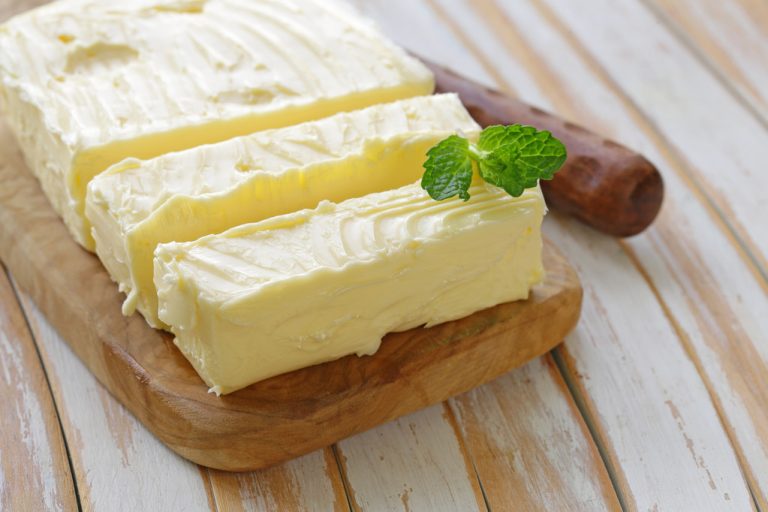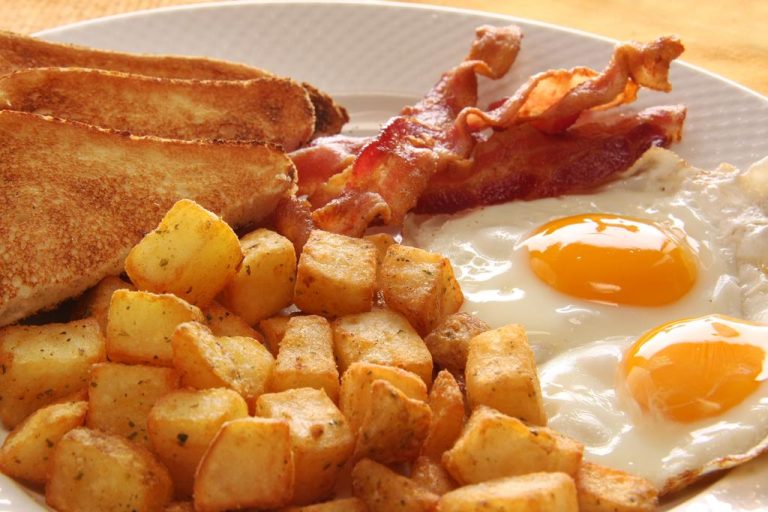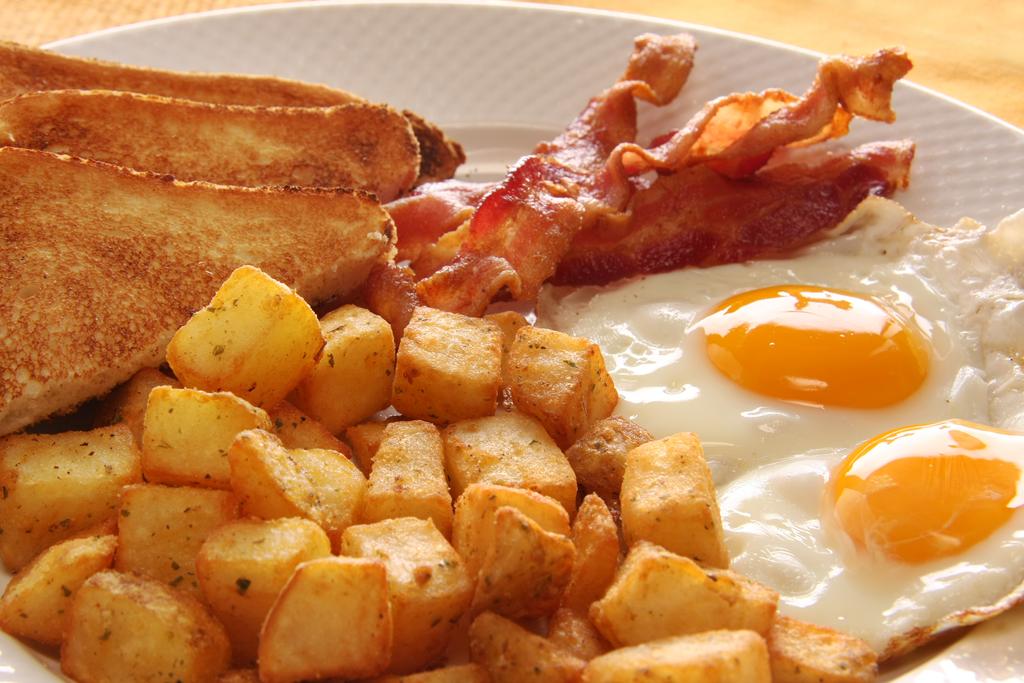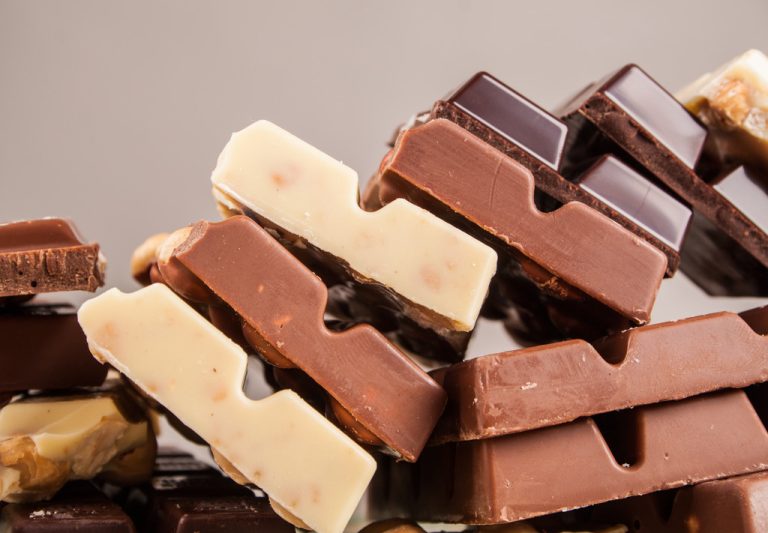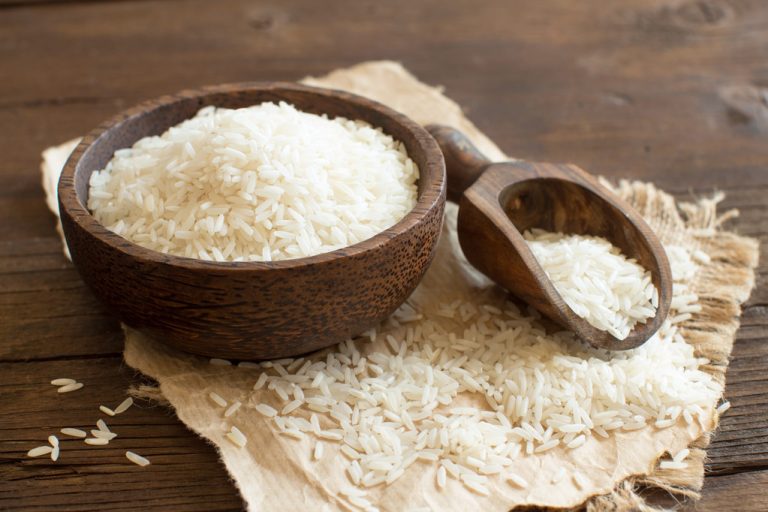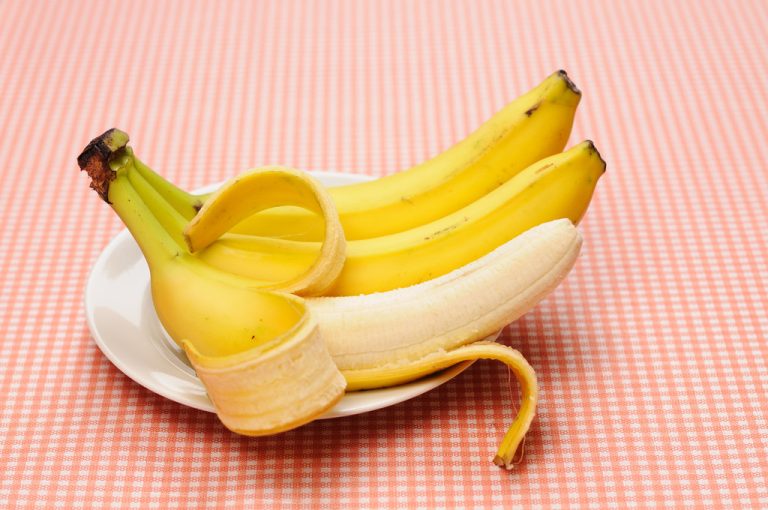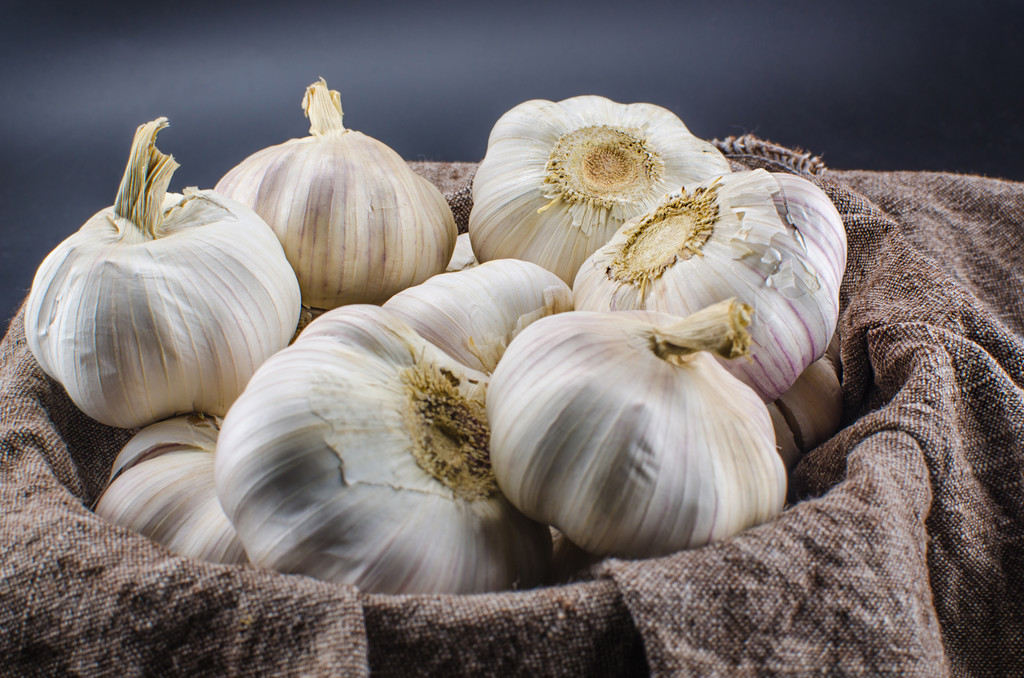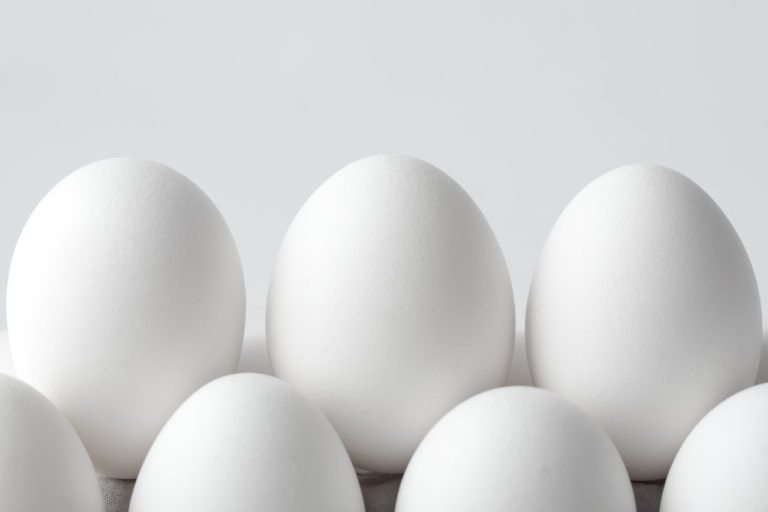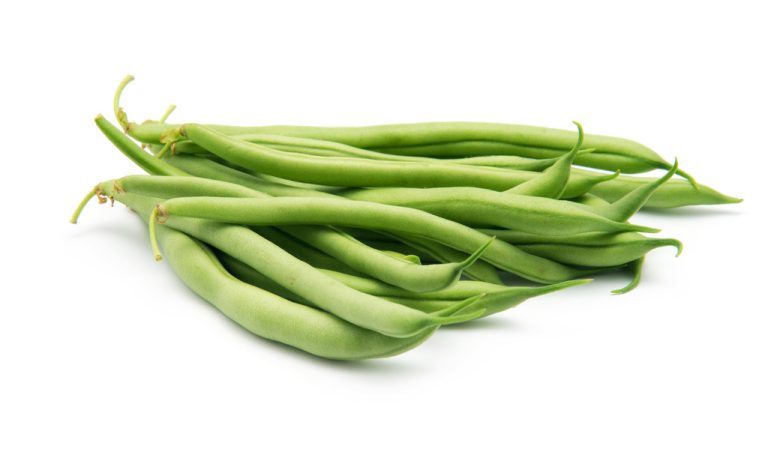There are some foods that are unfairly given a bad rap by many people. Here we explain which products you are sure to have made a mistake about.

1. Potatoes
The potato. We eat them as an accompaniment to all dishes, but they are not really considered healthy. They are often labeled as fattening foods, but they are even suitable for losing weight. The potatoes have an incredibly high satiety index and are a valuable source of nutrients. The potato contains hardly any fat, but plenty of starch, fiber and, for these proportions, a lot of protein. The vegetables also contain a lot of potassium, B vitamins, phytochemicals, iron, magnesium and phosphorus.
Tip: Of course, this only applies to cooked, unprocessed potatoes. A portion of boiled potatoes with quark keeps you full for an incredibly long time and is often eaten by athletes to provide energy.
2. Eggs
There is a lot of power in eggs. They contain a lot of protein, which athletes in particular take advantage of. They also contain various vitamins, such as vitamins B, A, D and K. The key point with eggs is the natural protein that our body can fully utilize. In combination with the amino acids, the interaction is optimal, and they also fill you up for a long time.
Eggs were notorious for a long time because of their high cholesterol level, but this is only a concern for people who already have high levels in this area anyway. For healthy people this is not relevant.
3. Coffee
A morning without coffee is unthinkable for many people. It helps us to start the day fit or to get us out of the midday slump. Three to four cups of coffee are considered normal daily consumption. The drink is said to promote our performance and reduce the risk of diabetes. In addition, coffee stimulates intestinal activity, thus promoting the intestinal flora and reducing the risk of colon cancer. Even the liver function is said to be significantly improved by the caffeine drink.
4. Chocolate
It is already known to have a high magnesium content. So it is good for nerves and muscles. It helps with stress and tastes great too. Cocoa even contains iron and zinc. But the digestion also benefits from the sweets, because in moderation they have an anti-inflammatory effect and boost the metabolism. The higher the cocoa content, the healthier the chocolate. Instead of a chocolate biscuit, simply snack on a bit of dark chocolate.
5. Peanut Butter
More than just fat – the peanut butter. It sounds incredibly unhealthy at first. The newfangled, delicious, sweet spread from the USA. Unfortunately, the unhealthy stereotype also applies to some varieties, but as soon as you reach for a product that consists only of peanuts and a little salt, you are supplying your body with vitamin E, fiber and proteins. Vitamin E, for example, helps to preserve cognitive abilities, especially in older people.
6. Popcorn
Of course, this doesn’t mean the sweetened, caramel-covered XXL popcorn bucket from the cinema, but popcorn is actually not as unhealthy as many people think. However, there are also salty or natural variants. Because popcorn contains medium- and long-chain carbohydrates, which provide energy over a long period of time. The popped corn contains fiber and the volume of the grains ensures a long saturation phase, which is why it is sometimes even used to lose weight – this certainly sounds utopian to some, but many athletes use popcorn as a source of energy.
7. Corn
Even in its pure form, corn is a great food. It is often avoided due to its starch content, but it is actually packed with proteins, fiber and B vitamins. For example, corn is ideal for very thin or weak people, because the starch it contains in large quantities helps to build up weight and body mass.
8. Burritos
The Mexican dish has long since arrived in Germany and is eaten here at least as much as in its home country. However, they are not exactly considered “healthy”. But it depends on the filling, because if you adjust it, the burrito is anything but unhealthy. For example, choose brown rice, chicken, beans and avocado and this meal will give you everything you need for the day. This dish is full of carbohydrates, fiber, vitamins, minerals and trace elements. However, you have to do without sour cream and cheese for the healthy version.
9. Bananas
Although the banana is a fruit, it is often considered unhealthy because of its high carbohydrate and sugar content. But due to its vitamin C, B6 and potassium content, it is actually very healthy. By the way, if it is a small fruit, it does not contain more calories than an apple.
10. Butter
She doesn’t have to let herself be taken away from bread. Butter contains saturated fatty acids, but also polyunsaturated fatty acids, such as the healthy omega-3 fatty acids. As many people think, saturated fat has not been shown to be bad for heart or cholesterol.
Thanks to vitamins A, D, E, omega-3 fatty acids and linoleic acid, the butter is anything but unhealthy. The butter is just right for people with stomach problems because it is easy to digest. Due to the milk fat it contains, the food also has a positive effect on the risk of heart attack.

